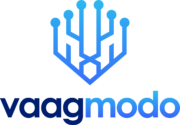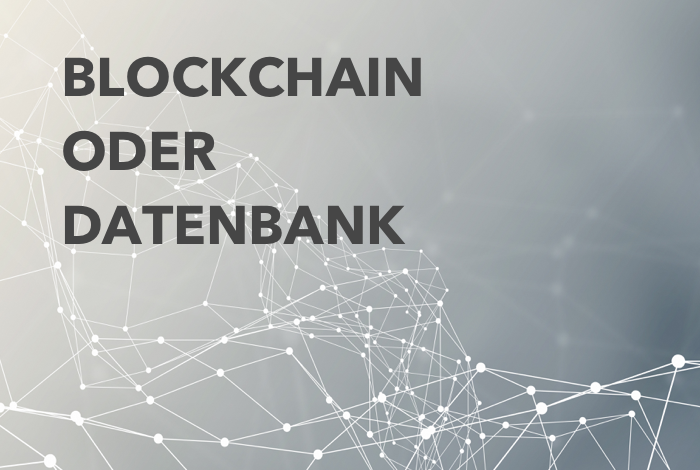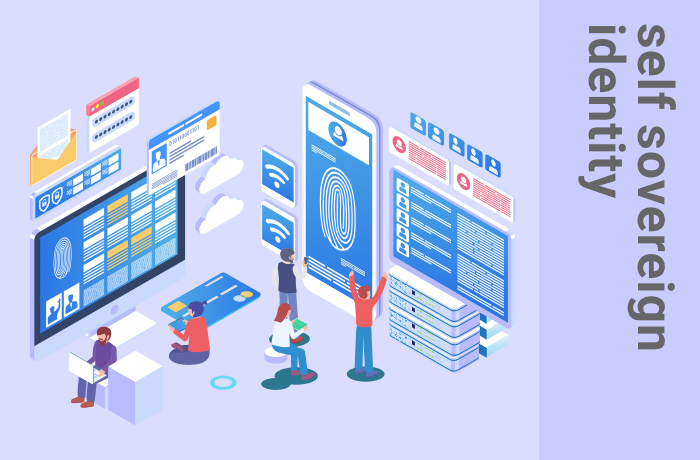Blockchain, TDAG & Co.: DLT options in databases for transactions
Databases (DB) and distributed ledger technologies (DLT), such as blockchain (BC), differ significantly in their concept. For real transactions (TA), on the other hand, they merge into a robust TA database. From a user or technology point of view, a TA-DB acts more as an application or as a DLT: TA-based directional (directed) acyclic graph (TDAG), BC and other architectures. In the light of upcoming quantum computers, block-based DAG (BlockDAG) are becoming more important.
IT providers and their customers in DLT-related markets remain under pressure: Rapid classification of DLT in previous IT worlds is urgent. Ultimately, the usual financial service providers and ordinary FinTechs also have to take the DLT route. Otherwise, today’s top dogs will foreseeably lose to the microservice community with blockchain and related designs.
Big Picture: Internet of Things
Beyond the world of finance, DLT enables the Internet of Things (IoT): Here, material products are increasingly being created as a prerequisite for financial systems. In the long term, the products can only be used in the IoT with DLT, for example for authorization via smart contract.
DLT: Integrity and Consistency
At the core of the DLT-based future lies the integrity and consistency of the respective data. These two features arise and are maintained in various designs, such as a blockchain. This particularly well-known DLT structure ultimately corresponds to a hash tree (Merkle tree according to Ralph Merkle): It stores hash values of data blocks, such as links in a blockchain.
Conformal models of distributed databases are used for the practical implementation of the relatively young BC concept. In addition to BC, peer-enabled DB systems also manage irreversible TA with other DLT designs. Depending on the application, the DL techniques used show their respective advantages, especially when validating and storing a TA.
For example, Ethereum or Bitcoin DLT designs use a blockchain. This structure ensures its consistency in the design of its construction: each block in the chain only adds transactions that are consistent with its predecessors.
On the other hand, applications with particularly high throughput benefit from one property of a DAG: its scalability does not suffer from the restrictive sequentiality of a blockchain.
Conclusion: Applications of TA-DB determine their DLT design
Depending on the application, certain DL techniques are preferred. In particularly heterogeneous scenarios, the DB management system may also dynamically switch between technologies.
In future quantum computing, the pressure for integrity will increase massively. The necessary quantum resistance can be strengthened here using BlockDAG.



